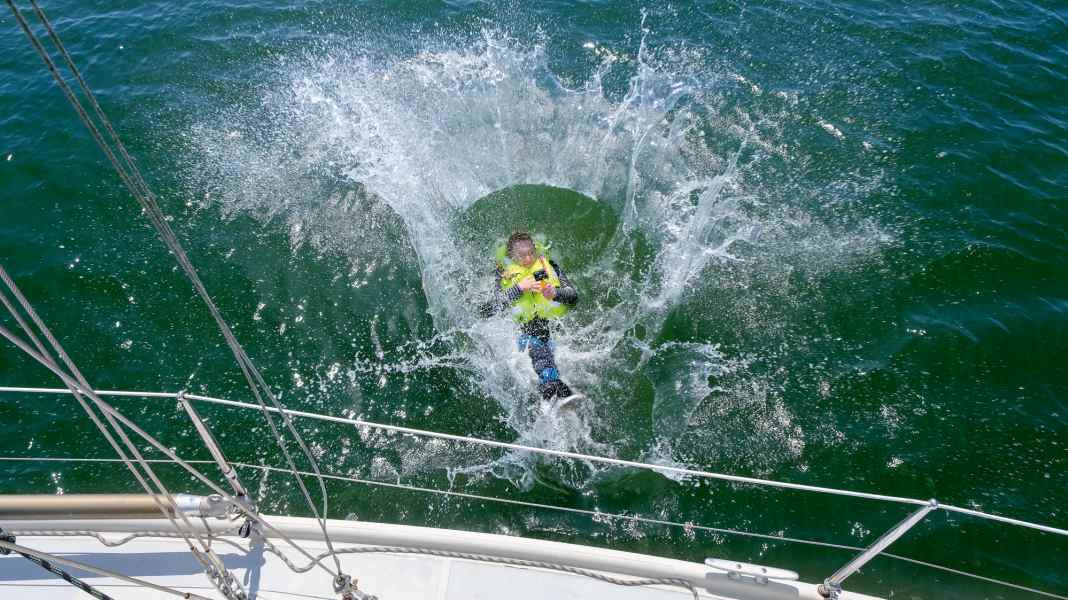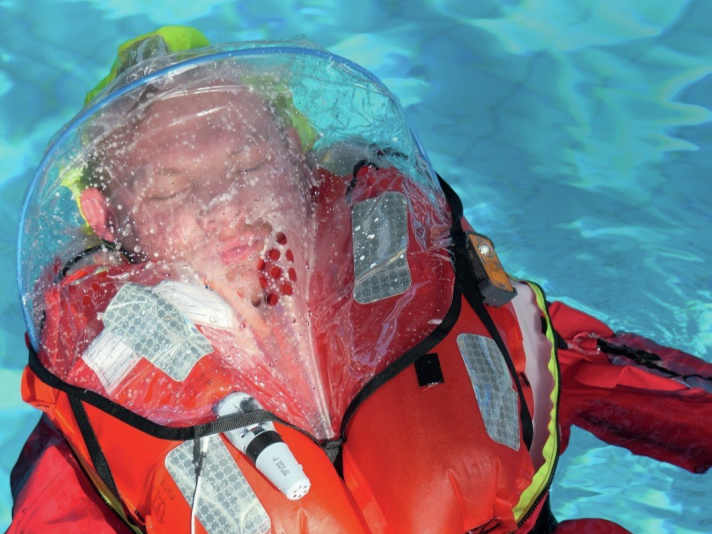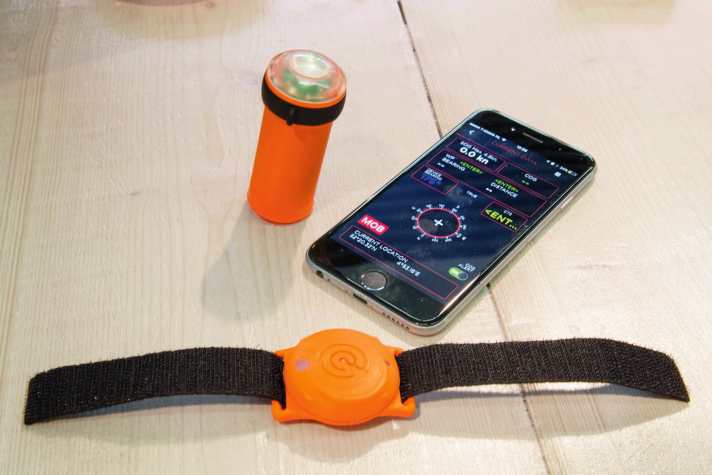Safety measures: World Day against Drowning - UN urges caution

Drowning remains a widespread health problem that affects an alarmingly high number of people every year. It is estimated that around 236,000 people around the world drown every year. It is particularly worrying that children and young people aged between one and 24 are among the groups most affected. In fact, drowning is one of the leading causes of death worldwide in this age group. This is confirmed by the United Nations. On this day, all water sports enthusiasts are urged to exercise caution.
Rate in the WHO Western Pacific region 32 times higher than in Germany
A resolution passed by the UN General Assembly has declared 25 July as the annual World Day against Drowning. This day is intended not only to draw attention to the tragic impact of drowning, but also to highlight life-saving prevention measures. Drowning affects all economies and regions, with low- and middle-income countries accounting for over 90 per cent of unintentional drowning deaths. The drowning rate is particularly high in the WHO Western Pacific region, which is up to 32 times higher than in countries such as the UK or Germany.
Known figures from Germany: According to the Sea rescuers had them in 2023 at their stations in Lower Saxony, Schleswig-Holstein and Mecklenburg-Western Pomerania were slightly busier than in the previous year. The exact number of deployments totalled 1,938, compared to 1,883 in 2022. They helped 3,532 people (2022: 3,289). Of these, 103 (2022: 91) were rescued from distress at sea and a further 402 (2022: 306) were rescued from danger. According to the DLRG, at least 378 people drowned in Germany in 2023.
One example that caused a stir in the media is the Fall of the yacht "Silja". The crew sailed between Baltrum and Langeoog in August 2021. According to the investigation report, the crew's training and trip planning were inadequate and the life-saving appliances were inappropriate.
Safety measures for World Drowning Prevention Day
Measures are needed to tackle this serious problem: for example, erecting barriers to provide controlled access to water, providing safe places away from water for children or training people in swimming and rescue techniques.
It is up to governments, UN agencies, civil society organisations and individuals to work together to reduce drowning and save lives worldwide. World Drowning Prevention Day is an opportunity to draw attention to the urgent need for such action.
The following security measures are implemented by the WHO on:
- Always keep an eye on children in the water and stay close by so that you can intervene in an emergency
- Check the weather forecast before doing water sports
- No alcohol or other drugs during water sports
- Wear a life jacket (on a stand-up paddle board or boat)
- Control access to any type of water (pools, lake, sea)
Measures to prevent drowning and ensure safety on the high seas
The lifejacket

Should it actually be necessary to use the lifejacket for your own safety, lives are suddenly at stake and there can be no compromises here. As part of our tests, we tested a total of 24 lifejackets in the following classes 150 Newton and 275 Newton analysed. In addition to detailed test results, some of which showed surprising results, we explain the differences between the two classes and provide important information on what is particularly important when choosing a lifejacket.
Emergency equipment and manoeuvres
How well the emergency equipment on board works can make the difference between life and death in an emergency. It is therefore important to service and maintain the equipment regularly to ensure that it works reliably in an emergency. Manoeuvres should be discussed or trained with the crew in advance so that action can be taken in the event of an emergency.
The emergency transmitter

A person going overboard is an extremely serious situation, even when using a high-quality lifejacket. In view of the experience of how quickly a person can get out of sight and how difficult it can be to find them again, the question of technological aids arises.
Further detailed measures for safety on the high seas can be found here in our security special!

